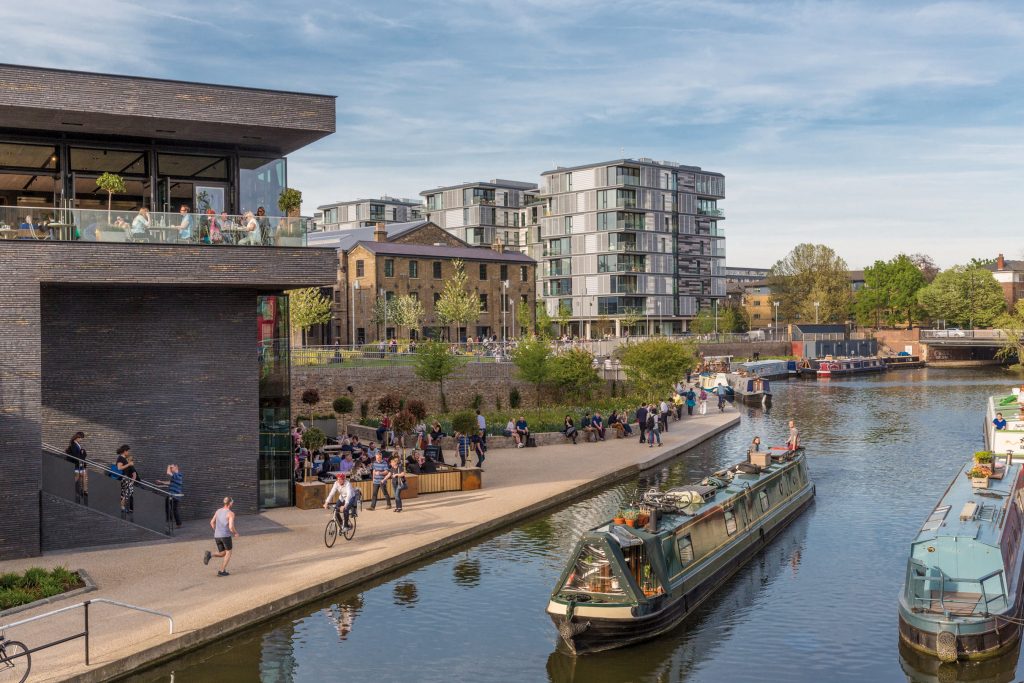The breadth and scale of the book is impressive – currently I’m 1.5 volumes in, so I’ve read the ‘The Introduction to the History and Theory of Sub-Saharan Architecture’ and am currently reading about ‘Western Africa: From the Atlantic Ocean to the Sahel’. I enjoy the fact that it isn’t just about architecture. It incorporates the bigger picture of geography, history and colonisation – other architecture books don’t necessarily give this level of context. I like the level of detail, it isn’t just about projects, it’s supported by academic essays. The book is well put together and organised. The graphics ensure it communicates well. The cross references from country to country are great, the structure of the book and its design have provided a great opportunity to learn about the geography of the African continent.
The book supports my work with ACAN. Decolonisation is crucial to us, particularly in architectural education, and the book has helped us in our call to decolonise the curriculum. Equality, diversity and inclusion is important across the board, one academic area can learn from another, so decolonising architectural education could act as a catalyst for decolonising other academic fields.










